Well, it doesn't look great and make a lot of sense to ME! How do you expect to control amplitudes with no VCAs? True, the Quintet has them...but that module's probably going to be quite busy with audio duties, leaving no linear, DC-coupled VCAs to control amplitudes over mod signals via envelopes, LFOs, etc.
Definitely a "sexy" build...but in my book, that's not a good thing. Frankly, I would start over with your basic essentials, but the second time around, add more utility things...VCAs, more envelopes (I tend to view the Maths as an insanely-complex LFO, which is the sort of thing it does very well), and simpler things that are overcomplicated here (like using a $500 mixer as your audio VCAs when the fact is that it can't output stereo, ergo no real need for a stereo out even with the Mimeophon, etc). Really, really ask yourself "Do I truly need this in here?" and don't be afraid to be utterly brutal when making these considerations. Fact is, you could probably cut about $1500-2000 OUT of the cost on this by avoiding the bells-n-whistles modules and simply patching what you want out of "primitives".
Here's a nice rule of thumb to follow: price of module / hp count of module = cost per hp of a given module. Keeping this simple formula in mind when choosing modules, along with the other criteria in use, will go a long way to avoiding superfluous stuff in a build. Try and keep that figure under $25/hp, and you're golden...but when you look at some of what's here, well...the ADDAC 802, f'rinstance, comes in at $41.58/hp. Unless there's a very specific reason for including modules that are that costly, this is something you might want to keep in check, as it leads to both "sexy module syndrome" and the horror of cost-spiraling.
Remember: this is a process. Creating a build like this takes time and diligent pruning at the setup, which MG makes easier and relatively painless. But it still doesn't erase the fact that coming up with an effective modular that'll be usable for years actually takes quite a long time and a lot of work. And a lot of study; don't be fooled by the snazzy looks, what you need to be concerned with is BEHIND the panels.



